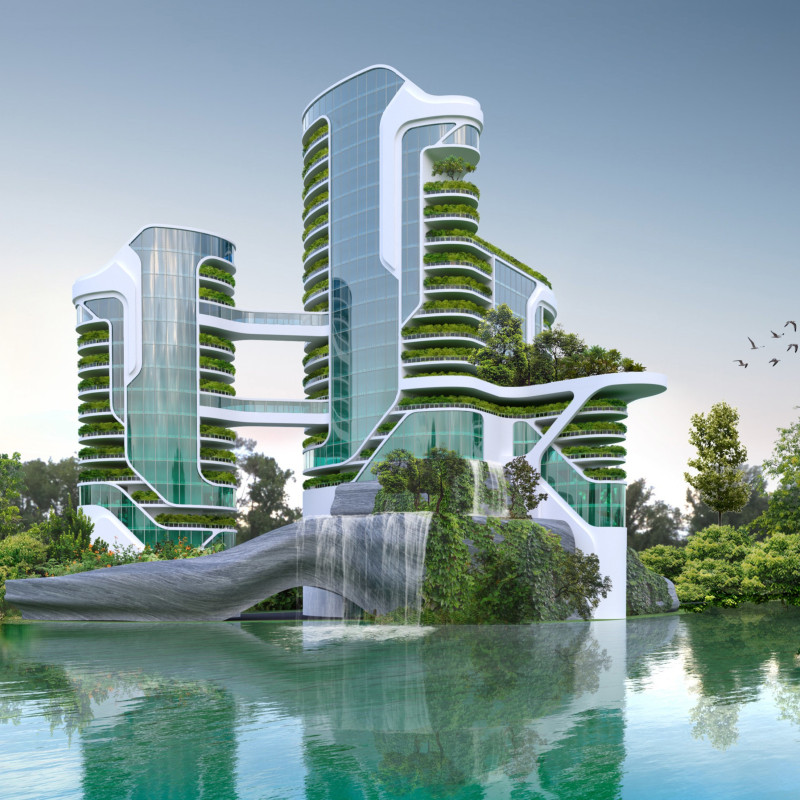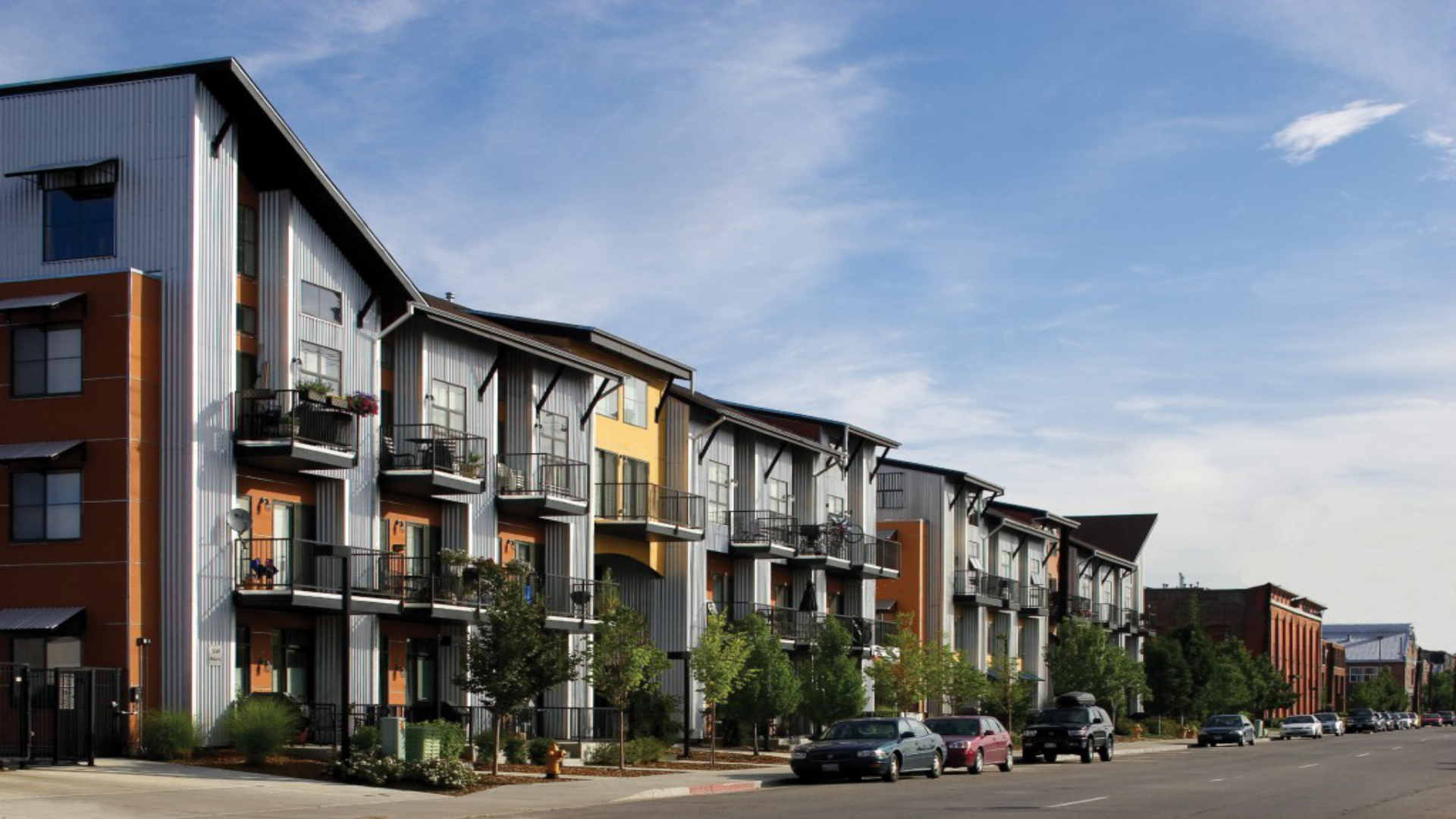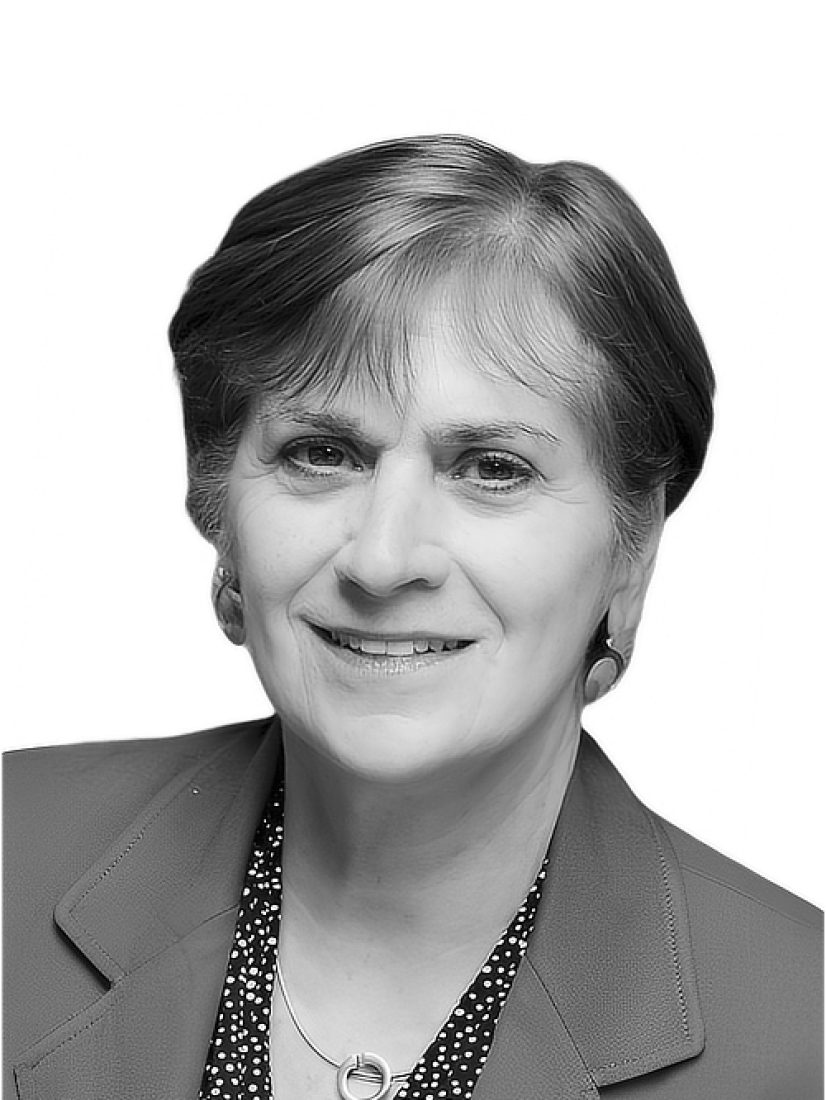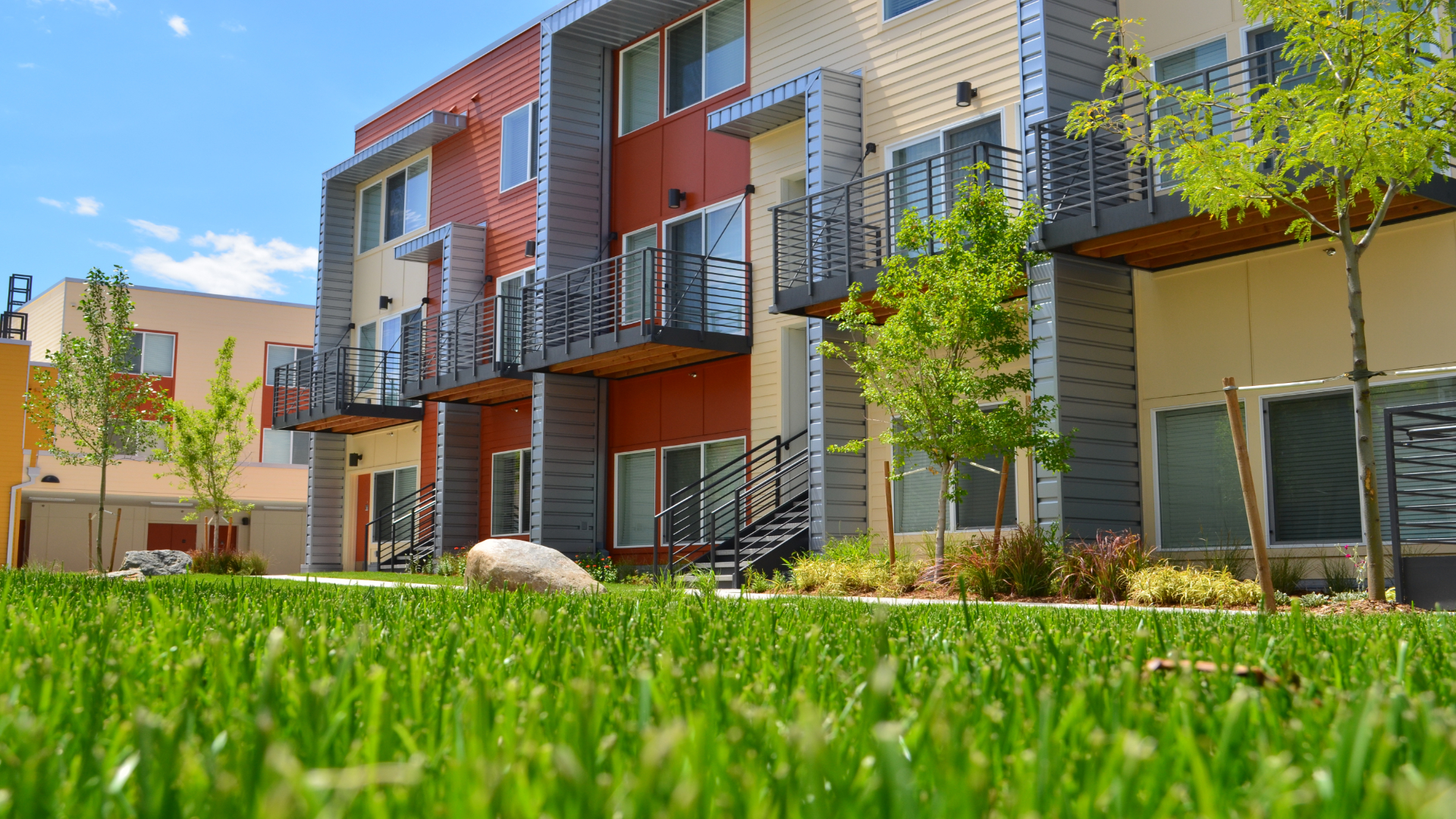5 key facts about this project
The design located in Sentosa Cove, Singapore, approaches urban living with a focus on health and well-being. This project integrates residential, recreational, and workspaces in a way that connects human activity to the environment. The overall design concept emphasizes a balance between built and natural surroundings, serving as an example for modern urban architecture. It seeks to address the everyday challenges faced by people living in cities.
SUSTAINABILITY AND ENVIRONMENTAL INTEGRATION
This design takes environmental issues seriously. It focuses on preserving trees and includes systems for rainwater collection. These features support the local ecosystem and make use of natural resources effectively. The architecture incorporates wind harvesting and solar panels to improve energy efficiency and lower the project's carbon emissions. The use of recycled materials reflects an intention to be responsible with resources, which is an important aspect of urban development today.
FUNCTIONALITY AND WELL-BEING
The design emphasizes how spaces can support individual well-being. By providing living accommodations within work areas, it reduces the need for long commutes, helping to ease traffic and pollution. This layout includes outdoor spaces, such as areas for yoga and fitness, as well as access to water activities. These features encourage physical activity and social interaction, promoting a lifestyle that balances work and leisure. Such considerations are central to creating an environment that enhances quality of life.
TRANSPORTATION AND CONNECTIVITY
Transportation plays a significant role in the design. Sustainable local boats are part of the transportation plan, improving connections in a way that is suitable for the coastal setting. This approach reduces dependency on cars and encourages community engagement through shared transit options. Well-planned pathways and transportation nodes allow residents and visitors to easily navigate the area, fostering a more active lifestyle without interfering with the natural scenery.
Green spaces are woven throughout the design, adding vibrancy to the community. By placing recreational areas near functional spaces and blending them with the natural environment, the design invites people to enjoy the outdoors. This thoughtful arrangement reflects a modern view of urban living, where the presence of nature is essential to daily experiences, enhancing connections both with the surroundings and with one another.























































